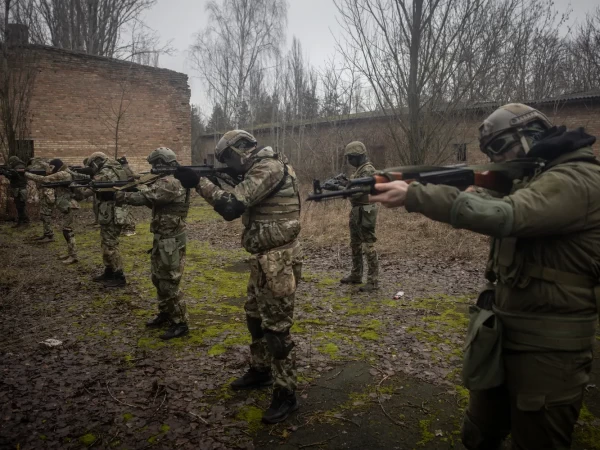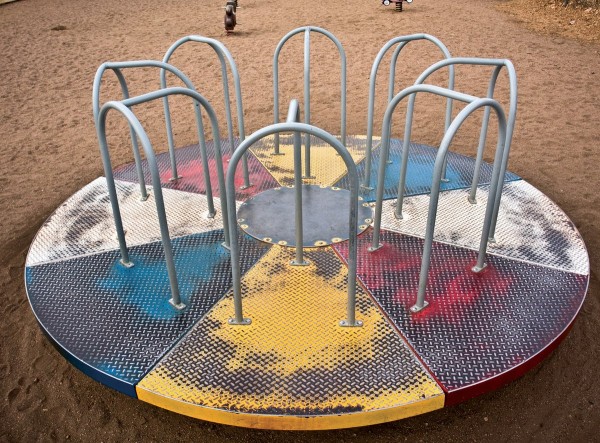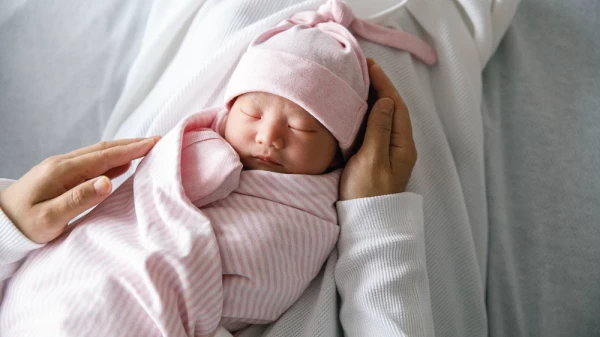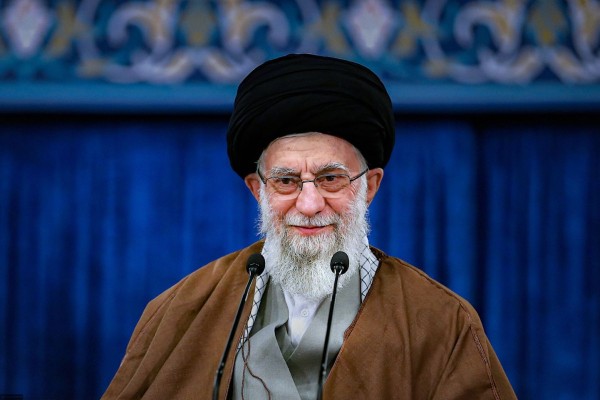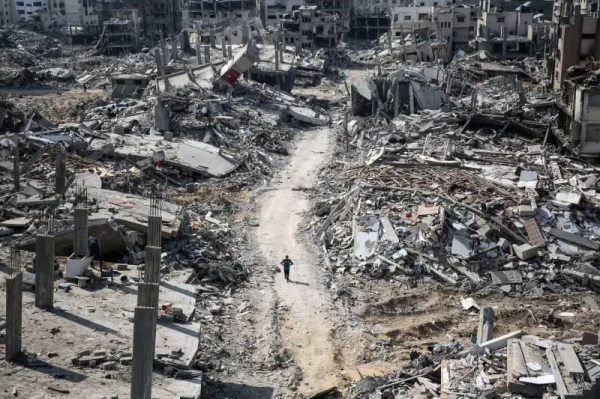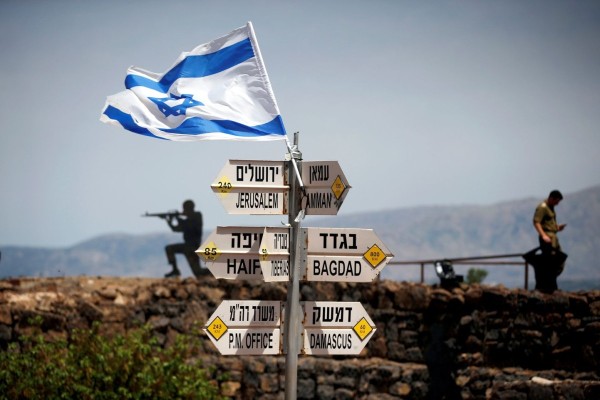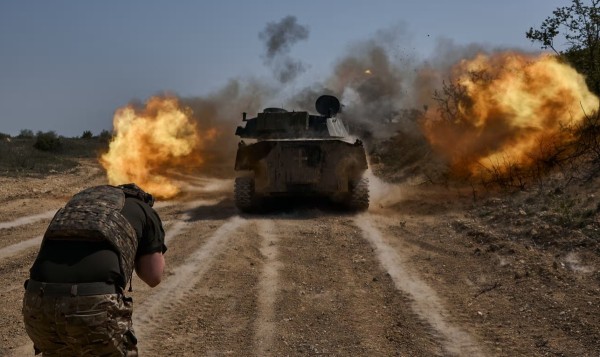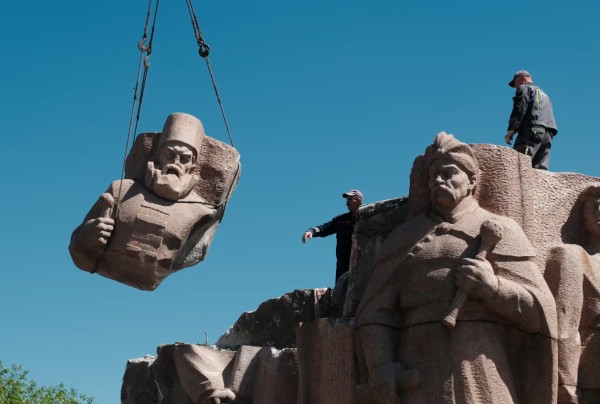Two new books trace revolutionary Russia from its birth amid the wreckage of the old order to its apocalyptic demise.
Theodore R. Weeks, tol.org, 16 January 2018
The House of Government: A Saga of the Russian Revolution, by Yuri Slezkine. Princeton University Press, 2017. 1,104 pages.
Russia in Revolution: An Empire in Crisis, 1890-1928, by S. A. Smith. Oxford University Press, 2017. 455 pages.
Last year marked the centenary of what used to be called the “Great October Socialist Revolution.” True, even in Moscow, Havana, and Pyongyang celebrations of this occasion were – to put it mildly – muted, but among historians of Russia a number of interesting new works have appeared. Perhaps the most eagerly awaited is Yuri Slezkine’s House of Government; however, Professor S. A. Smith’s more traditional Russia in Revolution also deserves attention for its sophisticated coverage of the causes and consequences of Lenin & Co.’s risky grab for power in autumn 1917. To quote the somewhat star-struck American radical John Reed, by chance in Petrograd at that moment, these were truly “10 days that shook the world.” Whether for better or worse, historians and politicians are still hashing out those days and their aftermath.
The historiography of the Russian Revolution is enormous and ever growing. But what, exactly, is the “Russian Revolution”? As Smith points out, there were at least three: a country-wide revolution in 1905-1906 that nearly brought down the Romanov Empire and forced the recalcitrant Czar Nicholas II to concede (with much bad grace) a kind of constitution (never using that word) and parliament. And the year 1917 was marked by two major shifts in political power: in February, strikes and pleas from Duma (parliament) conservatives obliged Nicholas II to abdicate, with political power in Russia devolving to the so-called Provisional Government, made up of former Duma members, with the leftist Petrograd Soviet agitating for more leftist policy. Finally, we have the Russian Revolution, in common parlance, that is, the takeover of power by the radical Bolshevik party (soon, in 1918, to rename themselves “communists”) led by Vladimir Ilyich Lenin.
A Revolution and Its Offspring
Just as the “French Revolution” did not come to an end on 14 July 1789, the real revolution in Russia only began in late 1917. But when did it end? For conservative historians like Richard Pipes and the late, great Martin Malia, the horrors of Stalinism were embedded in the “genetic code” (in Malia’s memorable phrase) of Bolshevik ideology. For those on the left like Sheila Fitzpatrick and Ronald Suny, the real revolution ended with Stalin’s consolidation of power in the late 1920s. Smith’s ending date (but not necessarily his approach as a whole) follows the latter historiography, seeing the fundamental political and economic structures of the USSR in place by 1928, the year of initial, forced collectivization of peasants and the beginning of the first Five Year Plan.
Smith’s book is the easier one to summarize. This work aims to provide an overview of the causes, events, and outcomes of the Bolshevik takeover of power. Throughout, the treatment is sophisticated and up-to-date on research, but at the same time written for an intelligent, general reader, not for specialists. This specialist, for example, finds a bit weak the treatment of Russification and the “national question,” that is, how non-Russians were to be governed and/or integrated into the Russian Empire and USSR. This issue was key for the communists and one reason why the Union of Soviet Socialist Republics was founded at the end of 1921 – ostensibly to protect non-Russians from Russifying pressures from the center while integrating them into the socialist system. Smith does touch on “Russification” in the pre-revolutionary period and what he calls “nation-building” after 1917, in both cases adequately if minimally. Probably, however, my dissatisfaction as a specialist speaks in favor of Smith’s book as an easily digested narrative aimed at a non-specialist audience.
Smith begins his story in 1890, just as Russia is beginning to undergo rapid and impressive industrialization. He convincingly argues that the events of late 1917, while hardly inevitable, grew out of a failure to reform an outdated political system. Even after the concessions of 1905, the czar consistently stymied an opening up to society – even to its more conservative elements – preferring repression to reform. Because of its failure to bend, politically speaking, the czarist regime broke down entirely in early 1917, and the liberal government that replaced the czar probably had little chance of survival. Unlike the liberals, the Bolsheviks/communists were unafraid to take radical steps, such as seeking peace with the Germans (though the harsh terms of peace shocked even them), crushing dissent (the Cheka – precursor of the NKVD – was formed not quite a month after the Bolsheviks won power), and carrying out class-based violence on a level unheard of previously, even during the worst months of czarist repression after the revolution of 1905-1906.
Looking at Russia in late 1917, few analysts would have given the communist regime a long life expectancy. And yet they survived. How? Smith points out that violence was one factor – but the anti-communist Whites also employed unabashed pogroms and murderous treatment of their perceived enemies. Probably most important, in the end, were organization and leadership: the Whites had no unified ideology and in particular lacked leaders like Lenin and Trotsky, a café intellectual and radical who proved himself a remarkably efficient organizer and military strategist.
By 1921, the communists had won power but the land was devastated. A massive famine threatened millions and obliged the communists to allow Western relief into the country. When the most loyal of Bolshevik supporters, the Kronstadt sailors, rebelled against communist power in March 1921, the communists found themselves confronted by a political crisis that compounded the economic disaster. The answer was the New Economic Policy (NEP), a partial compromise with market forces aimed in particular to placate the peasantry in order to prevent mass famine and to rebuild the ravaged economy. Smith’s chapters on the NEP, divided quite appropriately into “Politics and the Economy” and “Society and Culture” are among the best in this book. In the first, Smith provides a clear, detailed, but not overwhelming discussion of Stalin’s rise to power while in the second he explains how communist power in the 1920s influenced and shaped deeper currents among Russian (and to some extent “Soviet”) people.
Saints and Sinners
If S. A. Smith’s Russia in Revolution provides an excellent introduction and overview to this key event in world history, Yuri Slezkine’s House of Government operates at one and the same time on the micro level (history of a specific apartment building that housed high party officials) and on a cosmic one (the entire Bolshevik/communist project as a sect, with orthodoxy, heretics, and compromisers). As anyone familiar with Slezkine’s path-breaking Arctic Mirrors: Russia and the Small Peoples of the North or The Jewish Century could expect, this is no conventional history. How often, after all, does one encounter the Anabaptists of Muenster, Zoroastrianism, Osama bin Laden, Brigham Young, and the Taiping rebels in a book (mainly) about Russian history? Slezkine’s primary argument is that the communist faith – he uses the word without shame or reserve – constituted a millenarian sect (millenarian refers to the belief by a religious, social, or political group or movement in a coming major transformation of society, after which all things will be changed).
By calling the communists a “sect,” however, Slezkine does not aim to condemn or dismiss, but rather to attempt to understand the motivations and actions of this group of mainly dedicated, well-educated, and (initially, anyway) well-meaning people. Even when describing some of the most tragic personal outcomes (this is a very personal, even massively biographical, work) directly caused by the working out of this sect’s inner logic, Slezkine avoids moralizing. The moral is clear: an ideology that devours so many of its citizens and in particular its most dedicated adherents is repugnant. The historian’s task, however, is not to condemn or to pontificate: it is to attempt understanding. This is the task Slezkine set for himself and for his readers.
The core of the book, physically as well as topically, is a massive apartment building on the banks of the Moscow River. This structure, which still stands across the river from the reconstructed Christ the Savior Cathedral, was constructed in “the swamp” across from the Kremlin beginning in 1928. Three years later, the first residents, selected from the crème de la crème of party leadership, foreign communists, and distinguished representatives of Soviet culture, began to move in. The list of tenants is a roster of Who Was Who among 1930s Soviet movers and shakers. To name a few: Matvei Berman, head of the Gulag; architect Boris Iofan; Nikita Khrushchev; Polish-Jewish communist Feliks Kon; Nikolai Bukharin; Abulkasim Lohuti/Lakhuti, a Persian and Tajik poet; Comintern official Iosif Piatnitsky; international communist Karl Radek; writer Aleksandr Serafimovich (Popov); the embalmer of Lenin, Boris Zbarsky; and Cossack leader Valentin Trifonov. We would not remember the latter figure, it is safe to say, were it not for the novella written by his son, Soviet writer Yuri Trifonov, The House on the Embankment (1978), which in a thinly fictionalized way recalls Yuri’s childhood here. Slezkine’s narrative introduces us to many of these residents in considerable detail from their memoirs (which is to say, from survivors’ memories), contemporary letters, and a wealth of other sources. And, of course, the story is made more poignant since so many of these individuals who dedicated their lives to the revolution were swallowed up by the Gulag in the later 1930s.
Slezkine proceeds from the pre-revolutionary period (how did individuals get attracted to the revolutionary faith? How did they perceive the world, their place in it, and how communism would transform it for the better?) through the revolution (those chapters under the heading “Fulfillment”) to the building of socialism – and the House itself – in the 1930s (“The Second Coming” and “The Reign of the Saints”), to the purges of the late 1930s (“The Last Judgment”), and ending with chapters on the impact of the purges on children resident in the House and the coming of the war (“The Aftermath”). While famous figures like Bukharin, Vyacheslav Molotov, and Khrushchev appear, the real heroes are less known party officials and cultural figures of the time – and their children. This is par excellence a history of the Russian intelligentsia: despite Lenin’s disdain for the group, he and many other communists (though not Stalin) exemplified its strengths and weaknesses. Slezkine’s heroes live in a world populated by literary and cultural figures, not just Hamlet or Anna Karenina, but also Ruslan and Liudmila, Undine, Aida, and Faust. Nearly every letter (and many are quoted here at length) mentions current and planned reading and proposed plans of study, an impatience nicely summed up by Goethe’s Faust: “Dass ich erkenne, was die Welt im Innersten zusammenhält …” (to get to know what holds the world together in its innermost center).
While this is a fairly literary crowd (as most educated Russians of that generation were), Slezkine does not limit himself to the cultural scene. He describes in fascinating detail the apartments, furnishings, even lampshades in the House. The pastimes of residents are also not neglected: their visits to the dacha (the out-of-town cottage so important to urban Russians) and to resorts on the Black Sea and in the Caucasus, as well as their dress and self-adornment. Compared to other Soviet citizens who were, in these years, barely eking out an existence (in the case of millions of Ukrainians, Kazakhs, and others, starving to death), “House” residents were astonishingly privileged. Not only did they inhabit rather posh apartments with servants on call (a dog trainer was on the staff), but the House also included a theater, cinema, exhibition space, a store (especially important in the USSR where few products were for sale in normal shops), and a club offering a number of sports and musical programs. Residents traveled throughout the USSR (usually paid for with envelopes of cash and other forms of state funding) and even abroad in a style that would leave other Soviet citizens gasping. Like most privileged people throughout history, the perks did not seem excessive to House residents. Indeed, they considered a prime place at a hotel or a government-funded trip to a resort a matter of course.
Remember the Children
And then, around 1936, this hallowed world started to collapse. To be sure, there had been some portents. Lev Trotsky, next to Lenin the most important figure of the revolution, was forced out of the party and exiled by 1929. But it was only a year or more after the assassination of Leningrad party boss Sergei Kirov on 1 December 1934 that mass arrests snowballed into the event we now call the “Great Terror.” As the residence of top Soviet officials, including Old Bolsheviks (those who had joined the party before October 1917), the House was especially hard hit. By May 1938, Slezkine points out, 68 apartments continued to be occupied by relatives of the arrested while 142 rooms had been sealed entirely (a total of some 6,000 square meters of living space). Slezkine depicts the atmosphere of fear, the “knock on the door,” and fates of individuals caught up in the maelstrom. Remarkably – or perhaps not, for readers of Arthur Koestler’s Darkness at Noon – many of those arrested and sent to the Gulag steadfastly refused to abandon their revolutionary faith, confident – or so they said in numerous letters and statements – that it was all a mistake, at least in their personal case. Unlike most accounts of the purge, Slezkine depicts in fascinating, albeit heart-wrenching, detail the fate of the children of arrestees, taken in by relatives or sent to orphanages or arrested themselves. Slezkine dedicates considerable attention, to give just one example, to “the most extraordinary, and thus the most typical” among House children, one Lyova Fedotov (born 1923), a clearly brilliant boy, ardent communist, and Soviet patriot, who having avoided (barely) the meat grinder of the purges, falls victim to an even greater bloodbath when the Nazis invade the USSR. These micro-biographies of House residents famous and unknown offer us a personal and extremely moving vision of those grand and terrible times.
What was the Russian Revolution? For Stephen Smith and most historians, it was an event that arose out of the failure of political and economic modernization of the Russian Empire and paved the way for a brutal version of modernity. For Yuri Slezkine, the revolution was that, but it was also a deeply personal and highly emotional event, one that fired millions with enthusiasm and condemned other millions (or sometimes the same individuals) to suffering and premature death. Both versions are correct and both are – like all human endeavors – limited unto themselves. For a reader unfamiliar with basic historical events and interested mainly in understanding the concrete political, social, cultural, and economic changes wrought by the events of October 1917 (and their causes), probably Smith’s Russia in Revolution would be most appropriate. For those willing to spend a bit more time delving into the philosophical, moral, personal, even religious currents of the revolution, Slezkine’s House of Government is enthusiastically recommended. In both cases the reader will come away better informed about Russia, revolution, and the human condition.
Theodore R. Weeks is professor of history at Southern Illinois University. He is author of Vilnius between Nations, 1795-2000 and Across the Revolutionary Divide: Russia 1861-1945.
This review was kindly supported by the Fund for Central & East European Book Projects, Amsterdam.
1917: The Year Russia Fell Apart
Arvamus
TRENDING






